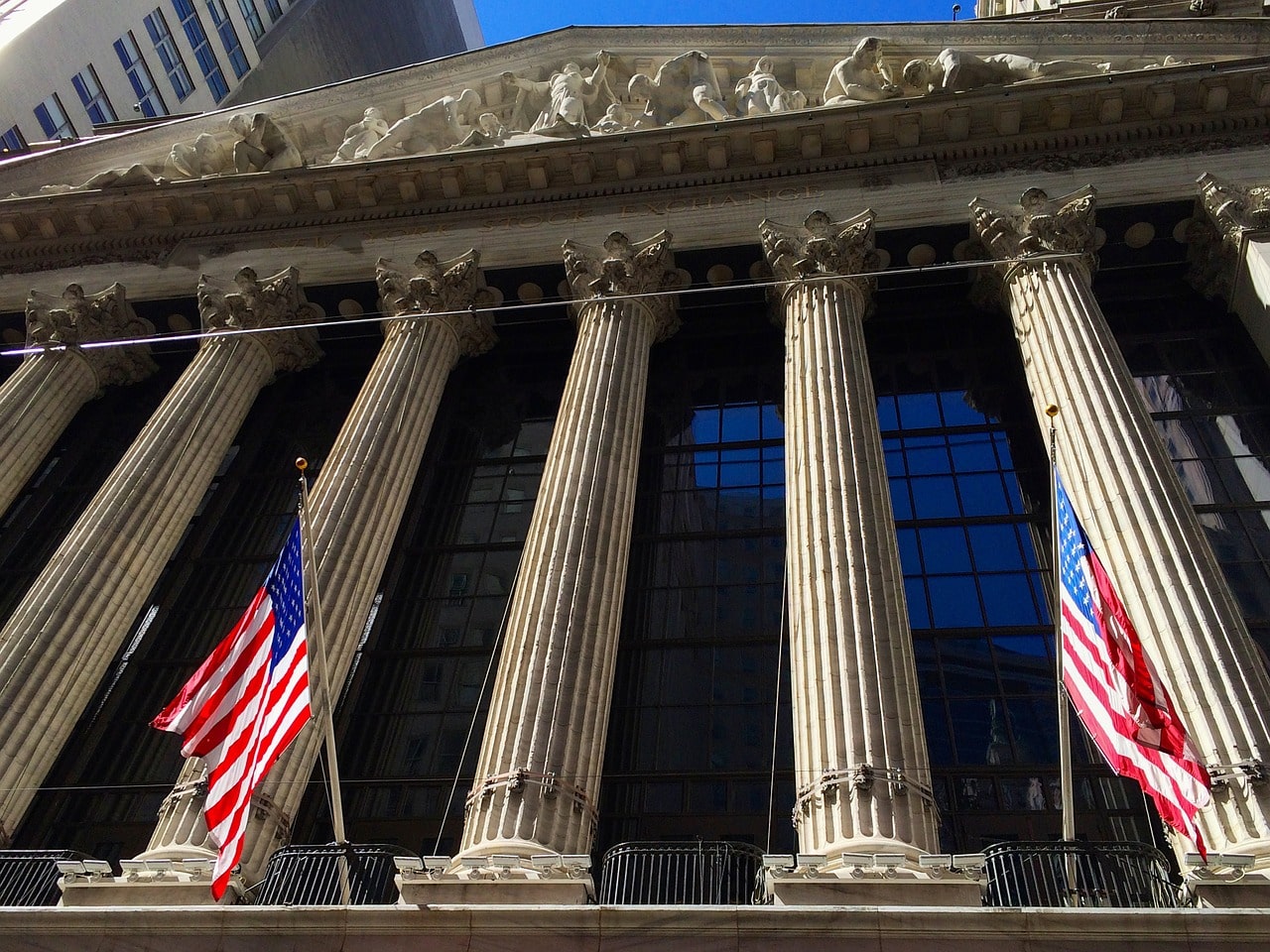US bank executives were optimistic about loan growth, as there was a rebound in borrowing demand from business and retail customers.
However, they also warned that there could be a weakness in demand later in the year if consumer confidence suffers because of the worsening outlook of the economy.
Loan growth
One of the primary income drivers for banks, loan growth has been the focus of investors and analysts alike, as the bank borrowing appetite of consumers and businesses was dampened due to the excessive stimulus from the government during the COVID-19 pandemic.
Once the economy bounced back after the pandemic, there was an increase in demand for loans in the first quarter because consumer spending sped up. This prompted businesses to expand their inventories.
The trend was ongoing in the second quarter of the year as well, even though recession fears were fueled because of the aggressive hike in the interest rate by the US Federal Reserve.
According to two of the biggest lenders in the US i.e. Wells Fargo & Co and JPMorgan Chase & Co, they saw a growth in their loan books by 8.4% and 7%, respectively.
Net interest income
On Thursday, during the second quarter earnings call, the executives of the largest lender in the US i.e. JPMorgan said that they expect growth in loans this year to be in the mid-to-high single digits.
This gave the net interest income of banks a boost when combined with rises in the Fed’s interest rate.
For instance, Citigroup said that there was a rise in gross loan yield for five straight quarters earlier and the second quarter saw it reach 5.8%.
Wells Fargo analysts said that the second quarter results had reinforced their positive stance, as there was loan growth, credit quality remained strong and net interest income recorded a rise of 10%.
They further added that commercial loans were recording the best growth they had seen in the last 14 years.
More borrowing
Citigroup, JPMorgan, and Wells Fargo all said that the second quarter had seen more borrowing from corporate clients. This was mostly for covering the rising costs because of surging inflation.
For instance, there was strong growth in industrial and corporate loans of JPMorgan, as they rose 6% because of new accounts opening and higher revolving facilities, while a 3% growth was recorded in commercial real estate loans.
According to Citigroup, there was a 3% increase in loans given to its Institutional Clients Group and executives said that a surge in market volatility had contributed to it that occurred because of the Russia Ukraine conflict.
Jane Fraser, the CEO of Citigroup, said that they had seen lending go up because clients were not willing to use the debt markets for their financing needs because of the recent swings.
There was a roughly 4% increase in the average loans for the bank’s wealth and banking management division, as compared to a year ago. Executives added that the credit quality had also been on the high side.


